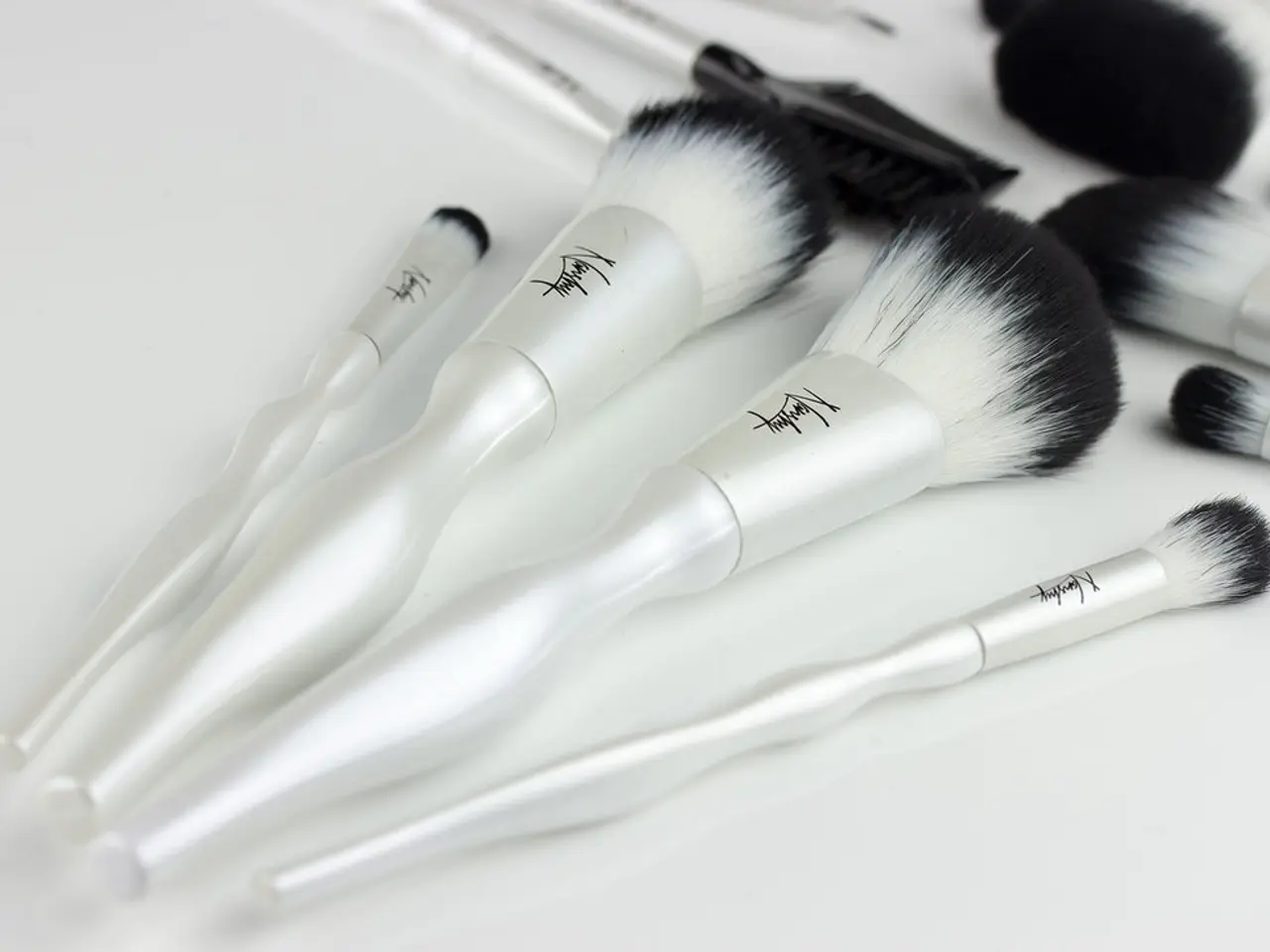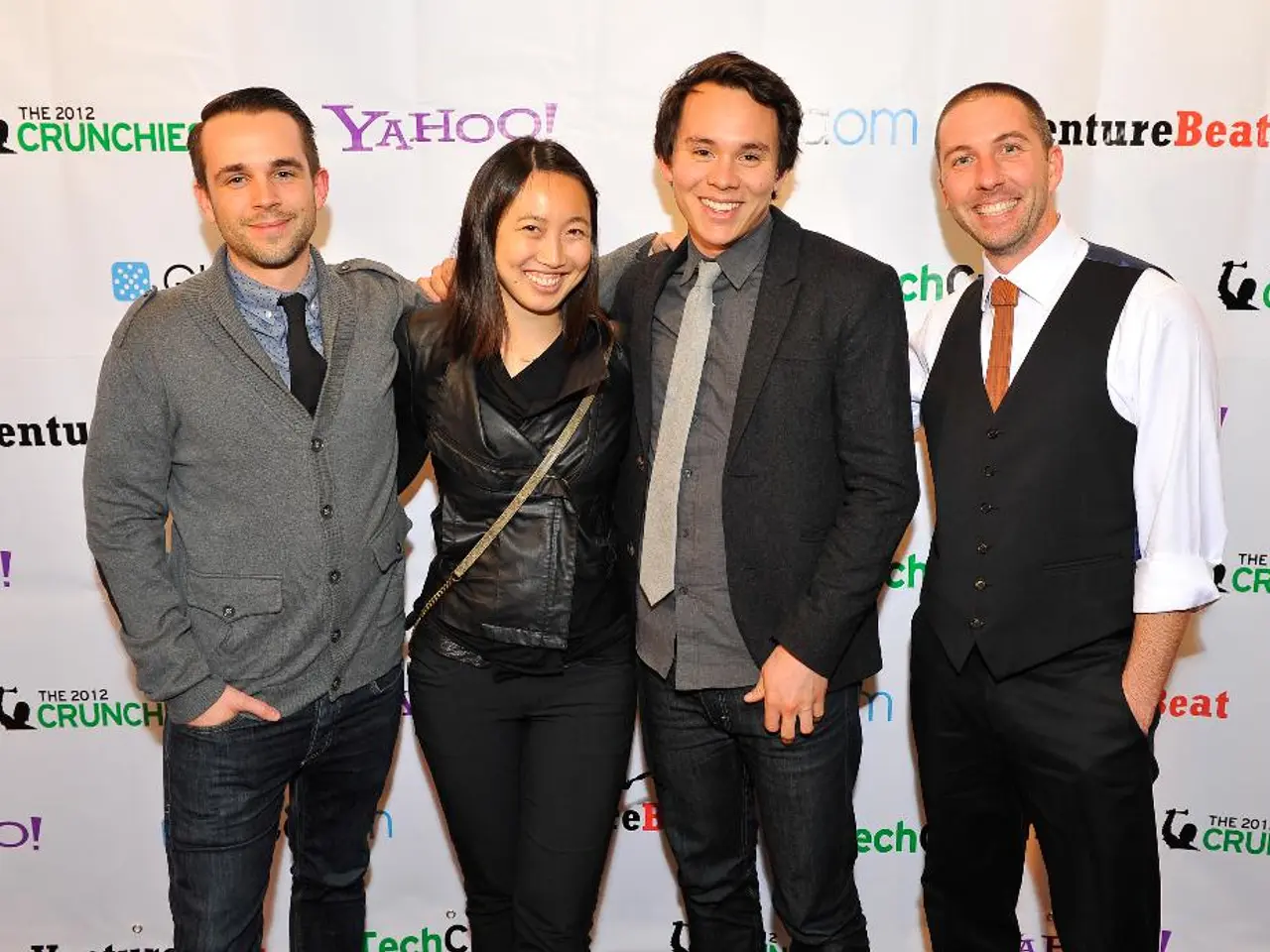Beauty Treatment Advertisements: BGH Sets Limits Defined
The German Medicinal Advertising Act (Heilmittelwerbegesetz) imposes strict advertising restrictions on minimally invasive cosmetic treatments with Botox and hyaluronic acid, particularly when these treatments are classified as non-essential surgical plastic procedures.
Advertising such procedures—especially through before-and-after comparative images showing patient appearances—is prohibited outside professional circles (e.g., aimed at the general public), in order to protect consumers from misleading or overly promotional content.
Recent legal cases have underscored these restrictions. The German Federal Court (BGH) has ruled in favor of banning such advertising practices outside of professional medical contexts, requiring companies to cease promotional use of before-and-after images on websites and social media.
The case involving the company Aesthetify, run by the doctors and influencers "Dr. Rick and Dr. Nick", highlights this issue. Aesthetify has stopped using before-and-after pictures on its website and Instagram, but the company's business managers argue that patients have a right to comprehensive information, including visual impressions.
However, the BGH agreed with the Higher Regional Court of Hamm that minimally invasive interventions with a syringe instead of a scalpel are considered operative plastic surgical interventions and may not be advertised with comparative pictures under the Medicinal Advertising Act.
The BGH in Karlsruhe has recently ruled that it is not permitted to advertise minimally invasive cosmetic treatments with before-and-after pictures when Hyaluron is used to change the shape or form of the nose or chin.
The risk profile of Botox and Hyaluron treatments, as argued by Aesthetify, was not considered relevant by the BGH, as these treatments are considered operative plastic surgical interventions. The Consumer Protection Agency believes that before-and-after pictures in advertising can lead consumers to overlook the risks of treatment, as they only show the positive outcomes.
Aesthetify lists potential risks on its website, including swelling, bruises, infections, allergic reactions, and embolisms. The BGH's decision is intended to prevent people from exposing themselves to unnecessary risks that could endanger their health.
In conclusion, advertising for Botox and hyaluronic acid treatments in Germany faces strong regulatory limits, with particular bans on comparative visual advertising aimed at consumers, reflecting the law's intent to prevent exaggerated claims and ensure medical decorum in cosmetic procedure marketing.
[1] Source: German Federal Court (BGH) rulings and Consumer Protection Agency statements.
- What is the BGH's stance on advertising minimally invasive cosmetic treatments with before-and-after pictures, especially when using hyaluronic acid for nose or chin reshaping? The court has ruled that it is not permitted due to strict advertising restrictions under the Medicinal Advertising Act.
- In the case of Aesthetify, a company run by doctors and influencers, the BGH has agreed that minimally invasive interventions with a syringe are considered operative plastic surgical interventions and may not be advertised with comparative pictures.
- The Consumer Protection Agency argues that before-and-after pictures in advertising can lead consumers to overlook the risks of treatment, as they only show positive outcomes. This is a concern that the BGH aims to address in its regulatory limits on advertising for Botox and hyaluronic acid treatments in Germany.




